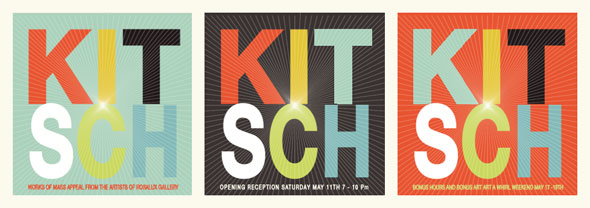
In 2014, the founder of MIT Media Lab Nicholas Negroponte, spoke at TED Vancouver, sharing his vision of the Internet of Things. He was later quoted by Liz Gannes to say “I look today at some of the work being done around the ‘Internet of Things’ and it’s kind of tragically pathetic.”
Negroponte was an early astute observer of our digital world. I have always liked Negropont’s observation how backwards fax machines are: we take digital information, such as a document or a spreadsheet and and convert it to a static analog representation in order for it to be transmitted via an (analog) fax machine.
Back to the Internet of Things. According to Gannes, Negroponte disagrees with the notion of placing intelligence in smartphone apps. Instead, the Internet of Things should be network of connected smart objects. Gannes then offers a “better” example: “ovens should recognize when a plate of chicken is placed inside them, and automatically cook the dish according to their owners’ preferences.”
Whether this example actually came from Negroponte or not, it only serves to trivialize the value of the Internet of Things. Indeed, the Internet of Things is a network of connected devices and humans whose digital identity is represented by the personal devices they are carrying. These “objects” produce and consume information continually, providing rich and timely context for better decision-making.
Unlike some commentators that jump immediately to the “Big Data” discussions, the Internet of Things is not about millions or billions of connected devices; it’s about the value that smart connected devices can create. To reach that level of connectivity and decision making capacity the “connected things” industry needs to continue working on connecting “things”: common physical and data interfaces, data security and privacy protection, and adaptable human-machine interfaces.
Image: Kitsch (Shawn McNulty)
